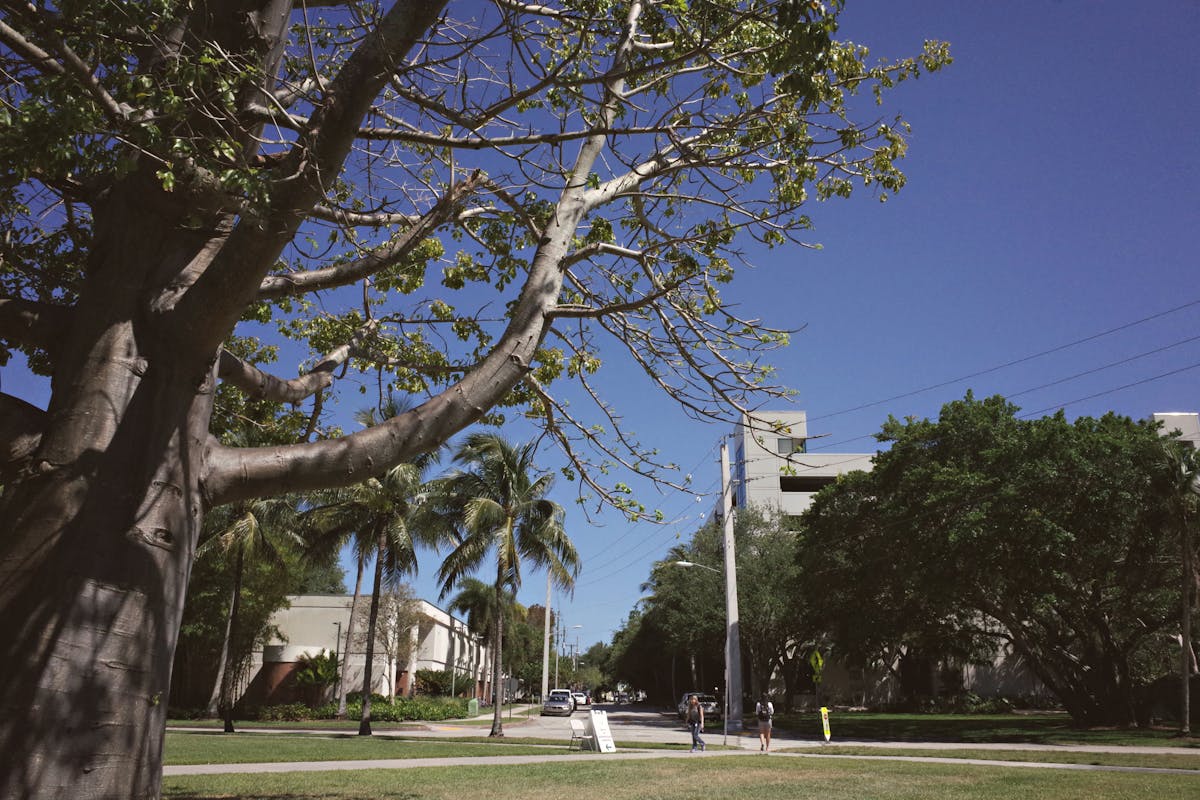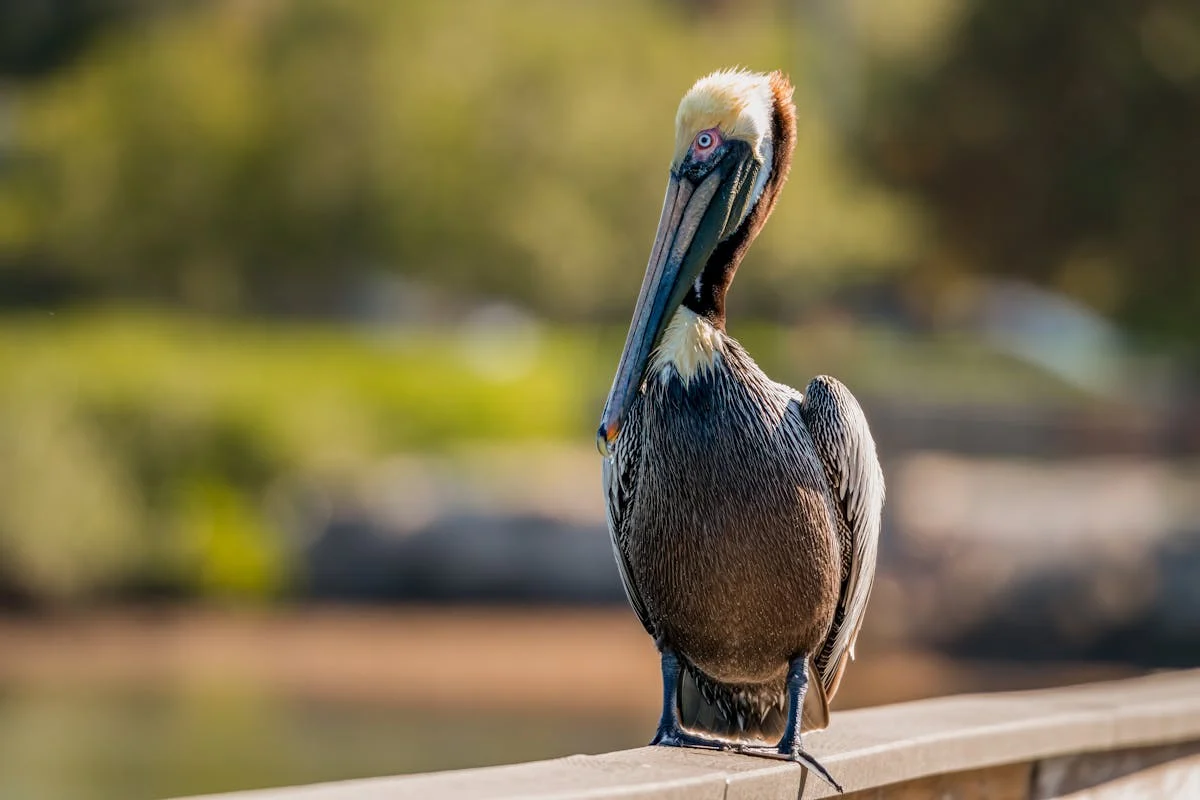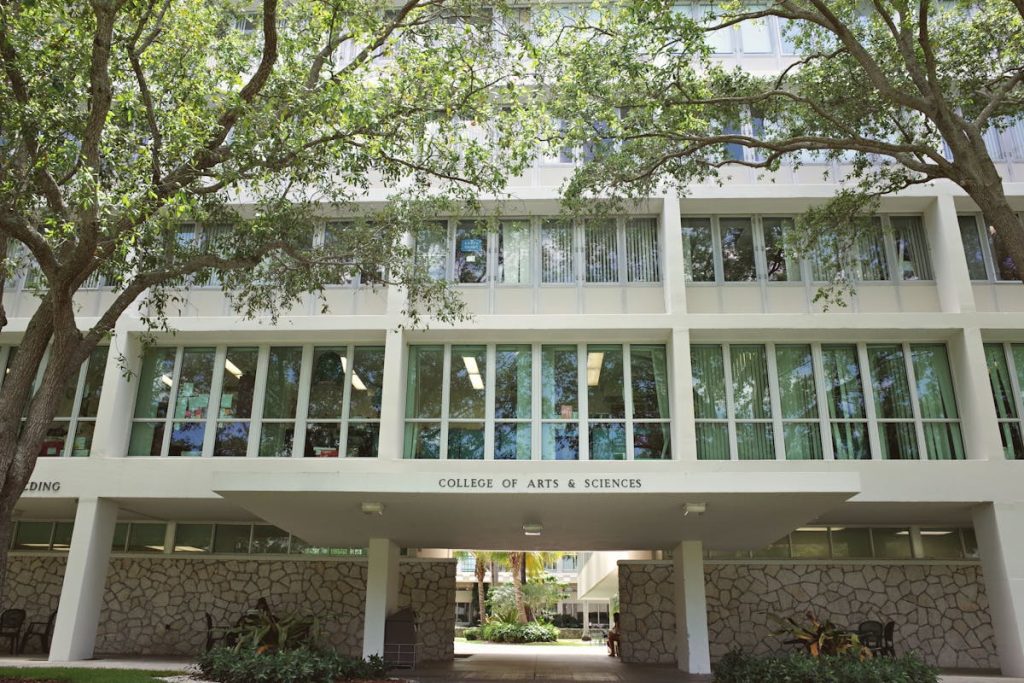Planning a trip to the Sunshine State? A crucial question arises: What Season Should You Visit Florida? With its diverse landscapes, from bustling cities and world-famous theme parks to tranquil beaches and natural wonders, Florida offers something for every traveler. However, picking the “best” time isn’t a one-size-fits-all answer. It truly depends on your priorities – are you seeking fewer crowds, ideal weather, budget-friendly options, or aiming for specific events? Understanding Florida’s distinct seasons and regional variations is key to unlocking your perfect vacation experience.
While some destinations have clear off-seasons, Florida operates a bit differently. Its popularity shifts depending on the location within the state and the type of attraction. North Florida tends to see more visitors during the summer, while South Florida’s peak season is in the cooler winter months. The periods in between, typically late spring (after spring break) and fall (before Thanksgiving), are often considered shoulder seasons, offering a potential balance of pleasant weather and manageable crowds.
Generally, the travel seasons in Florida can be categorized as follows:
- High Season: Mid-December to April. This is peak time, especially in South Florida and during holidays.
- Shoulder Seasons: April through May (excluding spring break) and September through November (excluding Thanksgiving). These periods often offer a good compromise.
- Low Season: June, July, and August. This is generally the least busy time for many parts of the state, with some exceptions like theme parks and certain beaches.
Your ideal time to visit will align with what you want most from your trip. Whether you’re dreaming of sunbathing on sandy shores, exploring vibrant city life, or thrilling rides, planning around these seasonal patterns will help you maximize your enjoyment and minimize potential drawbacks.
Best Times to Visit Florida for Smaller Crowds
Avoiding throngs of tourists can significantly enhance your Florida experience. While visitors arrive year-round, certain months and locations offer more breathing room. In South Florida, the intense heat and humidity of June, July, and August deter some travelers, making these months less crowded in places like Miami or Palm Beach.

Conversely, popular family destinations like Orlando’s theme parks and major beaches often see huge crowds during school breaks, including summer vacation. If your goal is to minimize wait times and navigate easily, visiting when school is in session – primarily weekdays outside of holidays in September, January, and February – is your best bet.
Specific events and locations experience intense, temporary surges in visitors that are worth avoiding if you dislike crowds. Examples include Panama City Beach during college spring break, the Florida Keys during the lobster-hunting “mini-season” in late July, and popular spots like St. Augustine around the Christmas holidays. Checking local event calendars before booking can help you steer clear of unexpected crowds.
Another strategy for crowd-averse travelers is to explore Florida’s many hidden gems and less-visited destinations. Swapping a crowded state park for a less-known nature preserve, or opting for a quieter beach town instead of a famous party spot, can provide a more relaxed way to enjoy the state’s natural beauty and decide what season should you visit Florida based on tranquility.
The Ultimate Guide to What to Eat in Austin Texas
Your Guide to the Michigan Map with Cities – Unlocking the Great Lakes State
Ultimate Guide to Weekend Trips From Las Vegas
Best Times to Visit Florida for Good Weather
Florida is nicknamed the Sunshine State for a reason, and you’re likely to find sunny skies and warm temperatures whenever you visit. However, the quality of the weather varies significantly throughout the year and by region. South Florida, with its subtropical climate, enjoys its most pleasant weather during the winter months, from roughly November to April. Temperatures from December through February are often comfortably in the upper 70s Fahrenheit with lower humidity.
Moving further north, spring and fall are often considered the most pleasant seasons. In the Florida Panhandle, temperatures in these shoulder months are milder, often in the 50s and 60s, gradually warming into the 70s by March and April. This provides a comfortable climate for exploring outdoor activities without the intensity of summer heat.

Florida summers, from June through August, are famously hot and humid, especially away from the coast where sea breezes offer little relief. Temperatures frequently climb into the 90s, and high humidity makes it feel even hotter. Ocean temperatures can also be very warm, sometimes exceeding 90 degrees, which might not offer the cooling swim you expect.
Summer also coincides with hurricane season, which runs from June 1st to November 30th. While not every summer day is stormy, you should be prepared for frequent, often intense afternoon thunderstorms. If you choose to visit during the summer, pack essential gear like an umbrella, plenty of sunscreen, and make sure to stay well-hydrated.
Best Times to Visit Florida for Lower Prices
Traveling on a budget is easier during certain times of the year in Florida, though the cheapest months vary depending on your specific destination. For popular family attractions like major theme parks or the most famous beach towns, summer is often peak season for demand, making finding significant deals on accommodation and flights challenging.
However, many other parts of Florida experience an off-season during the hotter months. Places like Palm Beach, which caters to a different kind of traveler, see their high season from November through April. From May through October, when the “snowbirds” return north, prices for hotels and other services are significantly lower, offering a chance to experience these upscale areas at a fraction of the cost.
Generally, the off-season is the best time to find attractive deals at many of Florida’s resorts and hotels across the state. The decrease in demand during these periods leads to slashed rates compared to the expensive peak months.
The cheapest months overall to travel to Florida are typically May, outside of the busy Memorial Day weekend, and September. These months fall within shoulder or low seasons for many areas, allowing for better deals on both flights and accommodations if you plan your travel dates flexibly and aim for just outside the main tourist rushes.
Best Times to Visit Specific Destinations
Florida’s diverse geography means different regions have different peak times and unique attractions throughout the year.
Miami
Miami, the “Magic City,” is a vibrant metropolis year-round, but each season offers a different vibe. Spring brings pleasant temperatures, fewer crowds than winter, and major events like the Ultra Music Festival in March or the Formula 1 Miami Grand Prix in May. Summer is the least crowded but also the hottest and most humid, perfect if you want to experience South Beach without the crowds (and don’t mind the heat).

Winter in Miami boasts gorgeous weather – mild temperatures and low humidity – but it’s also the city’s absolute peak season. Expect large crowds and the highest hotel prices, coinciding with events like Art Basel and Miami Heat basketball games. An insider tip: August, despite the heat, is when Miami’s Spa Months and Restaurant Months often overlap, offering fantastic deals on high-end dining and spa treatments.
The Florida Keys
The Florida Keys are a tropical paradise with lovely weather throughout much of the year. However, the peak tourist season runs from just after Christmas until around May. During this time, the weather is fantastic – minimal rain and temperatures typically in the 70s – but you’ll face high prices and significant crowds, making planning what season should you visit Florida Keys crucial.
Crowds and prices become more manageable from May through September. While temperatures climb to around 90 degrees in the summer, they remain relatively consistent. However, this period falls within hurricane season, with the highest risk of storms occurring in August, September, and October. If you’re willing to accept the potential for humidity and storms, summer can yield excellent travel deals in the Keys. Visiting during local festivals like the Marathon Seafood Festival (March), Key Lime Festival (July), or Fantasy Fest (October) adds an extra layer of fun.
Florida’s Theme Parks
Theme parks like Walt Disney World in Orlando are popular every single day of the year, so avoiding crowds entirely is nearly impossible. However, some periods are less packed than others. The slightly less crowded months tend to be January (after the holiday rush subsides), February, and September (once kids return to school and before Halloween events).
Visiting during summer break, while convenient for families, guarantees extremely long lines in sweltering heat and humidity. Similarly, visiting around any major holiday means encountering dense crowds drawn by seasonal decorations and events. For the most comfortable weather conditions at the theme parks, the winter months after the New Year crowds dissipate offer a “Goldilocks” window.
Worst Times to Visit Florida
Declaring a single “worst” time to visit Florida is difficult due to its varied destinations and the fact that what’s bad for one traveler might be perfect for another (like party-hopping students during spring break). However, there are certain periods that are generally less appealing for many tourists, primarily due to crowds or uncomfortable weather.
Spring break, typically from early March through mid-April, sees a massive influx of visitors, particularly young travelers heading to beach towns and families utilizing school breaks. Florida boasts beautiful spring weather, but if you’re flexible with your dates and wish to avoid wall-to-wall people and inflated prices, this period is best skipped. Millions pass through major airports like Orlando during this time, highlighting the scale of the crowds.
Summer is another potentially challenging time to visit, primarily due to the weather. The heat and humidity are intense statewide, and the daily risk of thunderstorms during hurricane season (June to November) can disrupt plans. While you might find good deals during this off-season, you need to be fully prepared for the muggy conditions and sudden downpours that are characteristic of a Florida summer.
Tips for Planning Your Florida Trip
Choosing the right time boils down to aligning the state’s seasonal patterns with your personal travel goals. Start by defining your top priorities: Is budget your main concern? Are you chasing perfect sunny weather? Do you want to avoid crowds at all costs? Or are you hoping to attend a specific event or festival?
Once you know your priorities, research the seasonality specifically for the destinations you plan to visit. As we’ve seen, Miami’s peak differs from North Florida’s, and theme parks operate on their own schedule. Check local tourism websites and event calendars for your chosen locations.
Booking accommodations and flights in advance is always a good strategy, especially if you plan to visit during any peak or shoulder season. Conversely, if you’re aiming for off-season deals, booking closer to the date might yield last-minute savings, but there’s also a risk of limited availability in popular spots.
Finally, if your schedule allows, having some flexibility with your travel dates can make a significant difference. Shifting your trip by just a week or two can sometimes mean the difference between peak crowds/prices and a more relaxed, affordable experience.
Frequently Asked Questions (FAQ)
- Is there a true off-season in Florida?
Florida doesn’t have a single statewide off-season like some destinations. While summer (June-August) is generally quieter for many areas, it’s peak for theme parks and certain beaches. The shoulder seasons (late spring/early fall) offer a better balance for many travelers. - When is hurricane season in Florida?
Hurricane season runs from June 1st to November 30th. The peak months for storm activity in the Keys are typically August, September, and October, but storms can occur throughout the season. Travel insurance is highly recommended if visiting during this time. - When are the theme parks least crowded?
While theme parks like Walt Disney World are always busy, you might encounter slightly smaller crowds in January (after the New Year), February, and September (weekdays after school starts). Avoid major holidays and summer break if possible.
Ultimately, the answer to “What Season Should You Visit Florida?” is personal. By considering your budget, tolerance for crowds, weather preferences, and specific interests, you can pinpoint the time that best suits your ideal Florida getaway. Whether it’s basking in mild winter sunshine in the south or finding summer deals in a quieter beach town up north, Florida offers appealing possibilities throughout the year.

